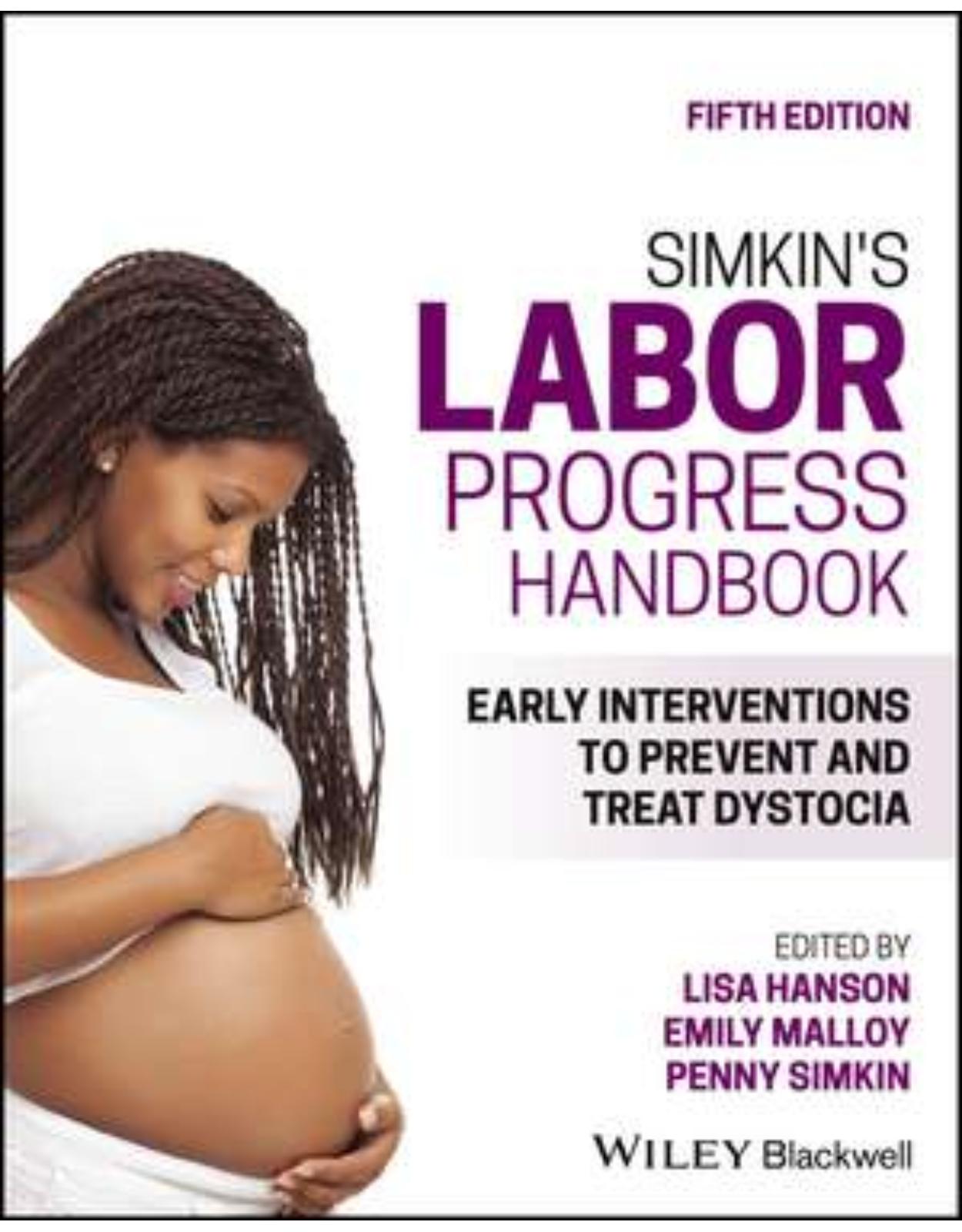
Simkin′s Labor Progress Handbook
Livrare gratis la comenzi peste 500 RON. Pentru celelalte comenzi livrarea este 20 RON.
Description:
SIMKIN’S LABOR PROGRESS HANDBOOK
Get ready to enhance your expertise in the world of childbirth with Simkin’s Labor Progress Handbook — a trusted resource tailored for childbirth medical practitioners
This invaluable guide unravels the complexities of labor, equipping you with practical strategies to overcome challenges encountered along the way. Inside this comprehensive book, you’ll discover a wealth of low-technology, evidence-based interventions designed to prevent and manage difficult or prolonged labors. Grounded in research and practical experience, these approaches are tailored by doulas and clinicians to provide optimal care and achieve successful outcomes.
The fifth edition of this prestigious text includes information on:
Labor dystocia causes and early interventions and strategies promoting normal labor and birth
Application of fetal heart rate monitoring (intermittent auscultation, continuous electronic fetal monitoring, and wireless telemetry) while promoting movement and labor progress
The role of oxytocin and labor progress, and ethical considerations in oxytocin administration
Prolonged prelabor and latent first through fourth stage labor, addressing factors associated with dystocia
Positions, comfort measures and respectful care
With meticulous referencing and clear, practical instructions throughout, Simkin’s Labor Progress Handbook continues to be a timely and accessible guide for novices and experts alike, including doulas, nurses, midwives, physicians, and students.
Table of Contents:
Chapter 1: Introduction
Causes and prevention of labor dystocia: a systematic approach
Notes on this book
Note from the authors on the use of gender-inclusive language
Conclusion
References
Chapter 2: Respectful Care
Health system conditions and constraints
LGBTQ birth care
RMC and pregnant people in larger bodies
Shared decision-making
Expectations
The impact of culture on the birth experience
Traumatic births
Trauma survivors and prevention of PTSD
Trauma-informed care as a universal precaution
Obstetric violence
Patient rights
Consent
Maternal mortality
References
Chapter 3: Normal Labor and Labor Dystocia: General Considerations
What is normal labor?
What is labor dystocia?
What is normal labor progress and what practices promote it?
Why does labor progress slow or stop?
Prostaglandins and hormonal influences on emotions and labor progress
Disruptions to the hormonal physiology of labor
Hormonal responses and gender
“Fight-or-flight” and “tend-and-befriend” responses to distress and fear during labor
Optimizing the environment for birth
The psycho-emotional state of the pregnant person: wellbeing or distress?
Pain versus suffering
Assessment of pain and coping
Emotional dystocia
Psycho-emotional measures to reduce suffering, fear, and anxiety
Before labor, what the caregiver can do
During labor: tips for caregivers and doulas, especially if meeting the laboring client for the first time in labor
Conclusion
References
Chapter 4: Assessing Progress in Labor
Before labor begins
Fetal presentation and position
Abdominal contour
Location of the point of maximum intensity (PMI) of the fetal heart tones via auscultation
Leopold’s maneuvers for identifying fetal presentation and position
Abdominal palpation using Leopold’s maneuvers
Estimating engagement:The rule of fifths
Malposition
Other assessments prior to labor
Estimating fetal weight
Assessing the cervix prior to labor
Assessing prelabor
Six ways to progress
Assessments during labor
Visual and verbal assessments
Hydration and nourishment
Psychology
Quality of contractions
Vital signs
Purple line
Assessing the fetus
Fetal movements
Gestational age
Meconium
Fetal heart rate (FHR)
Internal assessments
Vaginal examinations: indications and timing
Performing a vaginal examination during labor
Assessing the cervix
Assessing the presenting part
Identifying those fetuses likely to persist in an OP position throughout labor
The vagina and bony pelvis
Putting it all together
Assessing progress in the first stage
Features of normal latent phase
Features of normal active phase
Assessing progress in the second stage
Features of normal second stage
Conclusion
References
Chapter 5: Role of Physiologic and Pharmacologic Oxytocin in Labor Progress
History of oxytocin discovery and use in human labor
Structure and function of oxytocin
Oxytocin receptors
Oxytocin and spontaneous labor onset and progression
Promoting endogenous oxytocin function in spontaneous labor
Ethical considerations in oxytocin administration
Oxytocin use
Oxytocin use during latent phase labor
Oxytocin use during active phase labor
Oxytocin use during second stage labor
Changes in contemporary populations and labor progress
Oxytocin dosing
High dose/low dose
Variation in oxytocin dosing among special populations
Higher body mass index
Nullipara
Maternal age
Epidural
Problems associated with higher doses or longer oxytocin infusion
Postpartum hemorrhage
Fetal Intolerance to labor
Oxytocin holiday
Breastfeeding and beyond
New areas of oxytocin research
Conclusion
References
Chapter 6: Prolonged Prelabor and Latent First Stage
The onset of labor: key elements of recognition and response
Defining labor onset
Signs of impending labor
Prelabor
Prelabor vs labor: the dilemma
Delaying latent labor hospital admissions
Anticipatory guidance
Anticipatory guidance for coping prior in prelabor
Sommer’s NewYear’s Eve technique
Prolonged prelabor and the latent phase of labor
Fetal factors that may prolong early labor
Optimal fetal positioning: prenatal features
Miles circuit
Support measures for pregnant people who are at home in prelabor and the latent phase
Some reasons for excessive pain and duration of prelabor or the latent phase
Iatrogenic factors
Cervical factors
Management of cervical stenosis or the “zipper” cervix
Other soft tissue (ligaments, muscles, fascia) factors
Emotional dystocia
Troubleshooting Measures for Painful Prolonged Prelabor or Latent Phase
Measures to Alleviate Painful, Non-progressing, Non-dilating Contractions in Prelabor or Latent Phase
Synclitism and asynclitism
Open knee-chest position
Closed knee-chest position
Side-lying release
When progress in prelabor or latent phase remains inadequate
Therapeutic rest
Nipple stimulation
Membrane sweeping
Artificial rupture of membranes in latent labor
Can prenatal actions prevent some postdates pregnancies, prolonged prelabors, or early labors?
Prenatal preparation of the cervix for dilation
References
Chapter 7: Prolonged Active Phase
What is active labor? Description, definition, diagnosis
When is active labor prolonged or arrested?
Possible causes of prolonged active labor
Treatment of prolonged labor
Fetopelvic factors
How fetal malpositions and malpresentation delay labor progress
Determining fetopelvic relationships
Malpositions
Malpresentations
Use of ultrasound
Artificial rupture of the membranes (amniotomy) when there is a fetal malposition or malpresentation
Epidural analgesia and malposition or malpresentation
Maternal positions and movements for suspected malposition, malpresentation, or any “poor fit”
Overview and evidence
Positions to encourage optimal fetal positioning
Forward‐leaning positions
Side‐lying positions
Asymmetrical positions and movements
Abdominal lifting
“Walcher’s” position
Flying cowgirl
Low technology clinical approaches to alter fetal position
Digital or manual rotation of the fetal head
Digital rotation
Manual rotation
Early urge to push, cervical edema, and persistent cervical lip
Manual reduction of a persistent cervical lip
Reducing swelling of the cervix or anterior lip
Disruptions to the hormonal physiology of labor
Overview
If emotional dystocia is suspected
Predisposing factors theorized to contribute to emotional dystocia
Possible indicators of emotional dystocia during active labor
Measures to help cope with expressed fears
Hypocontractile uterine activity
Factors that can contribute to contractions of inadequate intensity and/or frequency
Immobility
Environmental and emotional factors
Uterine lactate production in long labors
Sodium bicarbonate
Calcium carbonate
When the cause of inadequate contractions is unknown
Breast stimulation
Walking and changes in position
Acupressure or acupuncture
Coping and comfort issues
Individual coping styles
Simkin’s 3 Rs: Relaxation, rhythm, and ritual: The essence of coping during the first stage of labor
Hydrotherapy: Warm water immersion or warm shower
Comfort measures for back pain
Exhaustion
Sterile water injections
Procedure for subcutaneous sterile water injections
Hydration and nutrition
Conclusion
References
Chapter 8: Prevention and Treatment of Prolonged Second Stage of Labor
Definitions of the second stage of labor
Phases of the second stage of labor
The latent phase of the second stage
Evidence-based support during the latent phase of second stage labor
What if the latent phase of the second stage persists?
The active phase of the second stage
Physiologic effects of prolonged breath‐holding and straining
Effects on the birth giver
Effects on the fetus
Spontaneous expulsive efforts
Diffuse pushing
Second stage time limits
Possible causes and physiologic solutions for second stage dystocia
Position changes and other strategies for suspected occiput posterior or persistent occiput transverse fetuses
The use of supine positions
Why not the supine position?
Use of the exaggerated lithotomy position
Differentiating between pushing positions and birth positions
Knees together pushing
Leaning forward while kneeling, standing, or sitting
Squatting positions
Asymmetrical positions
Lateral positions
Supported squat or “dangle” positions
Other strategies for malposition and back pain
Early interventions for suspected persistent asynclitism
Positions and movements for persistent asynclitism in second stage
Nuchal hand or hands at vertex delivery
If cephalopelvic disproportion or macrosomia (“poor fit”) is suspected
The influence of time on cephalopelvic disproportion
Fetal head descent
Verbal support of spontaneous bearing‐down efforts
Guiding the birthing person through crowning of the fetal head
Hand skills to protect the perineum
Perineal management during second stage
Topical anesthetic applied to the perineum
Intrapartum perineal massage
Waterbirth
Positions for suspected “cephalopelvic disproportion” (CPD) in second stage
Shoulder dystocia
Precautionary measures
Two step delivery of the fetal head
Warning signs
Shoulder dystocia maneuvers
The McRoberts’ maneuver
Suprapubic pressure
Hands and knees position, or the Gaskin maneuver
Shrug maneuver
Posterior axilla sling traction (PAST)
Tully’s FlipFLOP pneumonic
Somersault maneuver
Decreased contraction frequency and intensity
The essence of coping during the second stage of labor
If emotional dystocia is suspected
Triggers of emotional distress unique to the second stage
Conclusion
References
Chapter 9: Optimal Newborn Transition and Third and Fourth Stage Labor Management
Overview of the normal third and fourth stages of labor for unmedicated mother and baby
Third stage management: care of the baby
Oral and nasopharynx suctioning
Delayed clamping and cutting of the umbilical cord
Third stage management: the placenta
Physiologic (expectant) management of the third stage of labor
Active management of the third stage of labor
The fourth stage of labor
Baby‐friendly (breastfeeding) practices
Supporting microbial health of the infant
Routine newborn assessments
Conclusion
References
Chapter 10: Epidural and Other Forms of Neuraxial Analgesia for Labor: Review of Effects, with Emphasis on Preventing Dystocia
Introduction: analgesia and anesthesia—an integral part of maternity care in many countries
Neuraxial (epidural and spinal) analgesia—new terms for old approaches to labor pain?
Physiological adjustments that support maternal-fetal wellbeing
Multisystem effects of epidural analgesia on labor progress
The endocrine system
The musculoskeletal system
The genitourinary system
Can changes in labor management reduce problems of epidural analgesia?
Descent vaginal birth
Guided physiologic pushing with an epidural
Centering the pregnant person during labor
Conclusion
References
Chapter 11: Guide to Positions and Movements
Maternal positions and how they affect labor
Side‐lying positions
Pure side‐lying and semiprone (exaggerated Sims’)
The “semiprone lunge”
Side‐lying release
Sitting positions
Semisitting
Sitting upright
Sitting, leaning forward with support
Standing, leaning forward
Kneeling positions
Kneeling, leaning forward with support
Hands and knees
Open knee–chest position
Closed knee–chest position
Asymmetrical upright (standing, kneeling, sitting) positions
Squatting positions
Squatting
Supported squatting (“dangling”) positions
Half‐squatting, lunging, and swaying
Lap squatting
Supine positions
Supine
Sheet “pull‐to‐push”
Exaggerated lithotomy (McRoberts’ position)
Maternal movements in first and second stages
Pelvic rocking (also called pelvic tilt) and other movements of the pelvis
Hip sifting
Flexion of hips and knees in hands and knees position
The lunge
Walking or stair climbing
Slow dancing
Abdominal lifting
Abdominal jiggling with a shawl
The pelvic press
Other rhythmic movements
References
Chapter 12: Guide to Comfort Measures
Introduction: the state of the science regarding non‐pharmacologic, complementary, and alternative methods to relieve labor pain
General guidelines for comfort during a slow labor
Non‐pharmacologic physical comfort measures
Heat
Cold
Hydrotherapy
How to monitor the fetus in or around water
Touch and massage
How to give simple brief massages for shoulders and back, hands, and feet
Acupuncture
Acupressure
Continuous labor support from a doula, nurse, or midwife
How the doula helps
What about staff nurses and midwives as labor support providers?
Assessing the laboring person’s emotional state
Techniques and devices to reduce back pain
Counterpressure
The double hip squeeze
The knee press
Cook’s counterpressure technique No. 1: ischial tuberosities (IT)
Cook’s counterpressure technique No. 2: perilabial pressure
Techniques and devices to reduce back pain
Cold and heat
Cold and rolling cold
Warm compresses
Maternal movement and positions
Birth ball
Transcutaneous electrical nerve stimulation (TENS)
Sterile water injections for back labor
Procedure for subcutaneous sterile water injections
Breathing for relaxation and a sense of mastery
Simple breathing rhythms to teach on the spot in labor
Bearing‐down techniques for the second stage
Spontaneous bearing down (pushing)
Self‐directed pushing
Conclusion
References
Index
End User License Agreement
| An aparitie | 5 ian 2024 |
| Autor | L Hanson |
| Dimensiuni | 186 x 234 x 26 mm |
| Editura | Wiley |
| Format | Paperback |
| ISBN | 9781119754466 |
| Limba | Engleza |
| Nr pag | 384 |

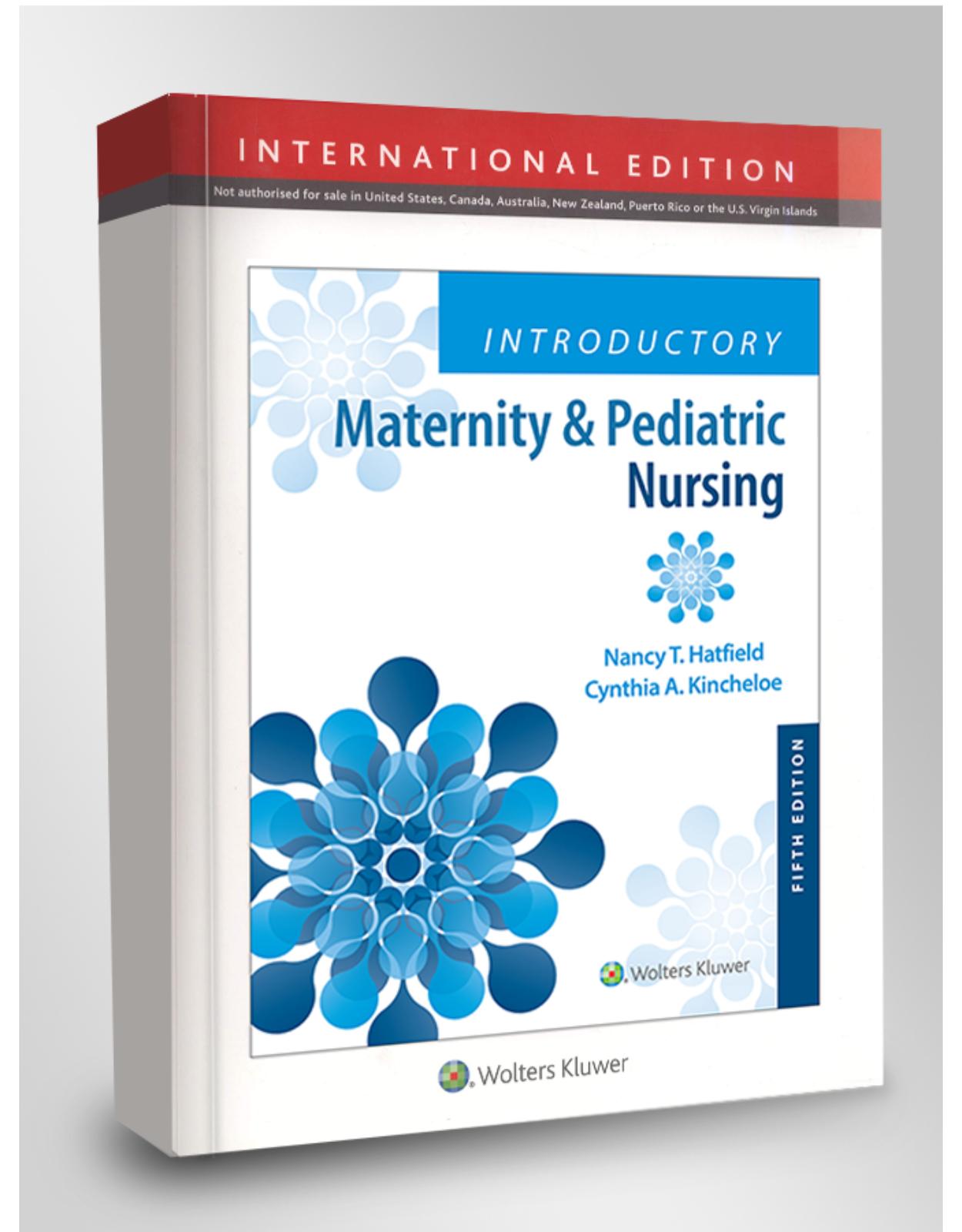
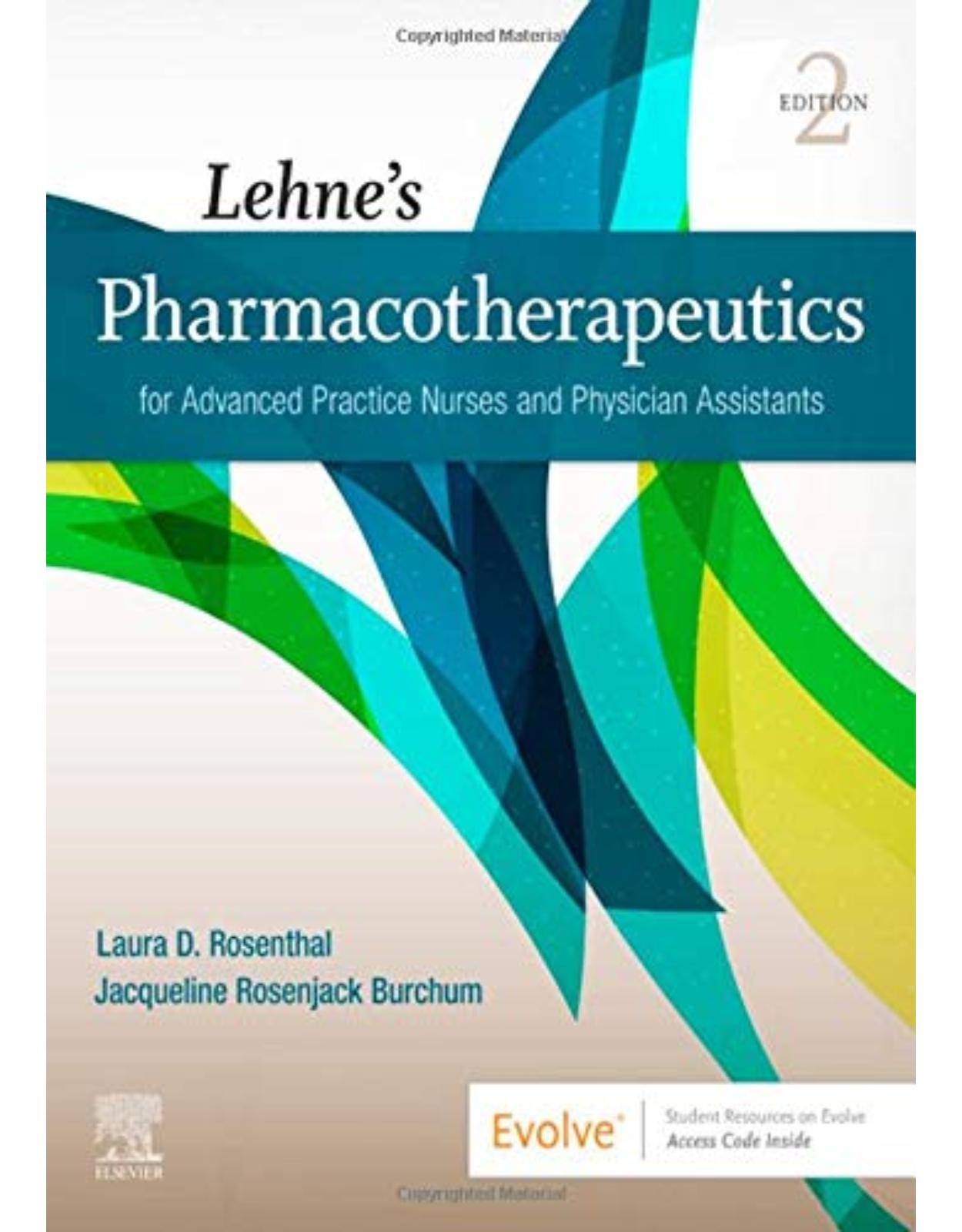
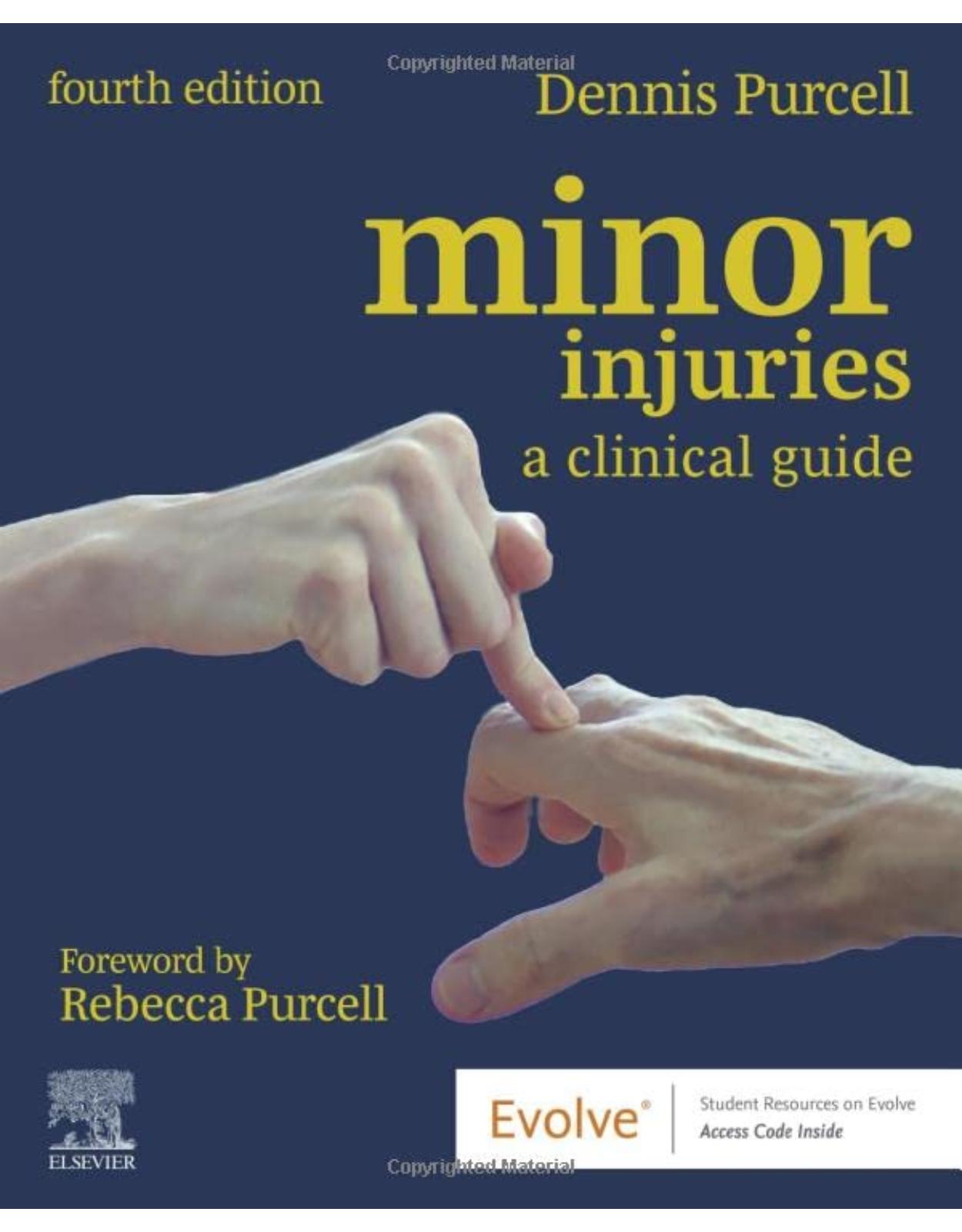
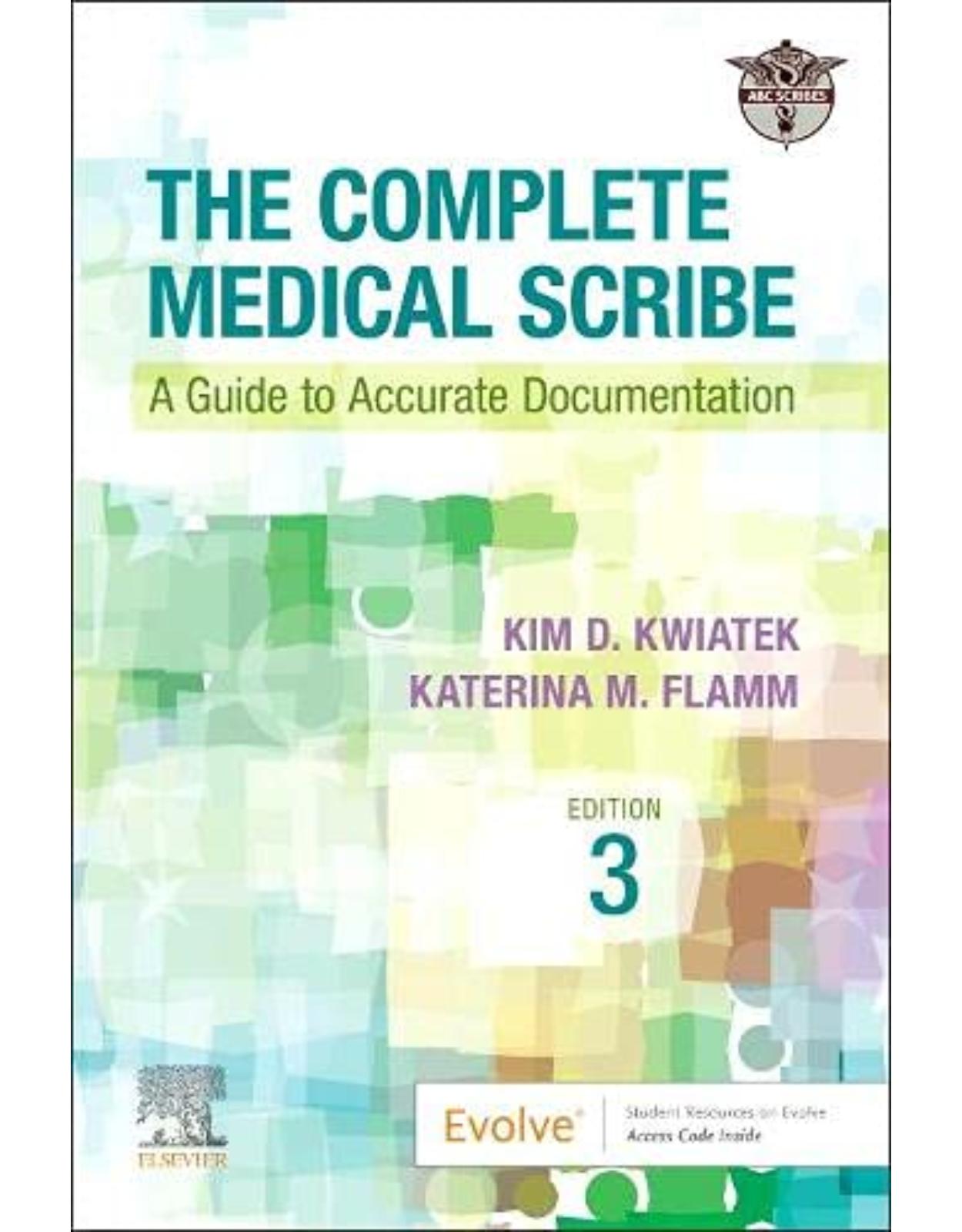
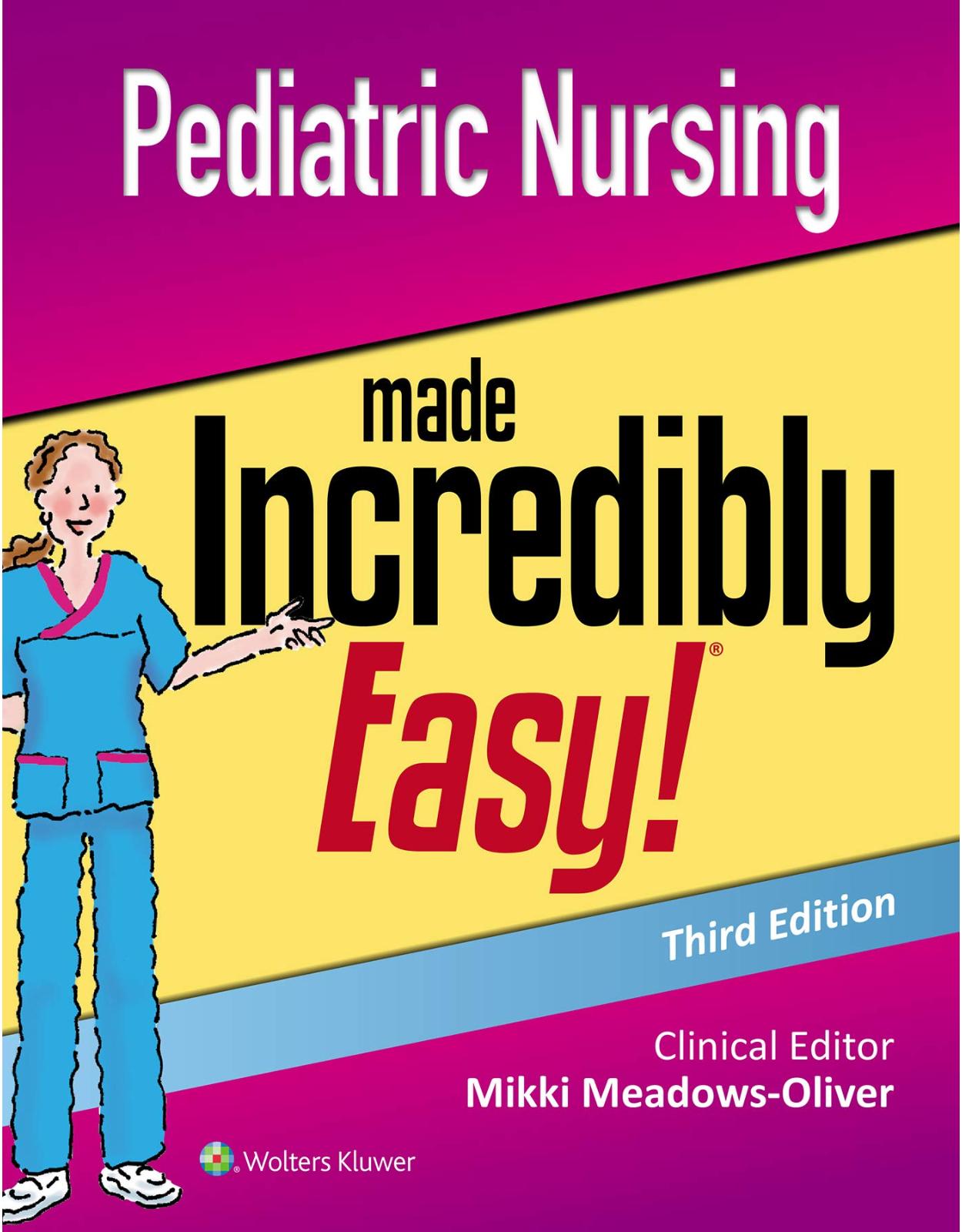
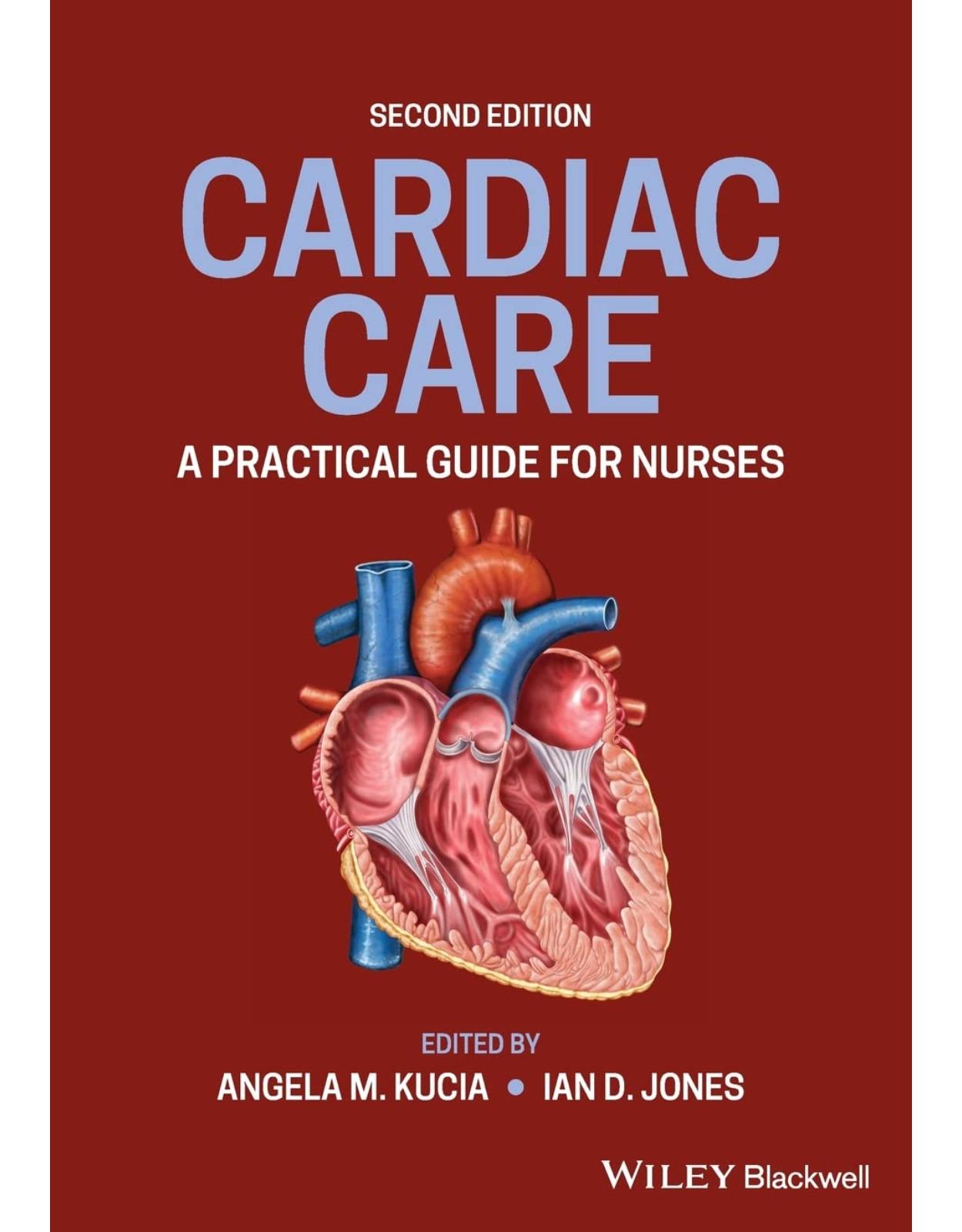
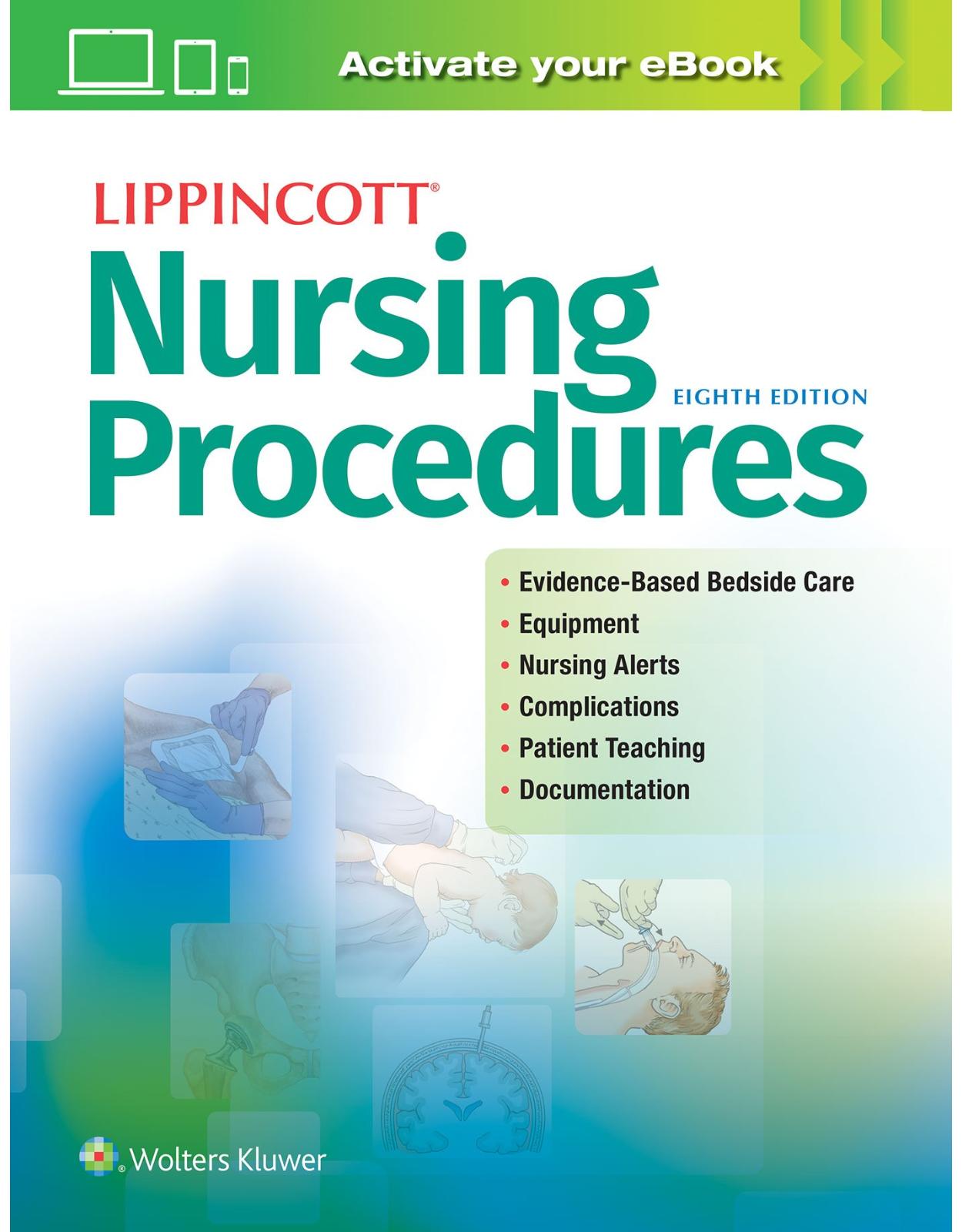
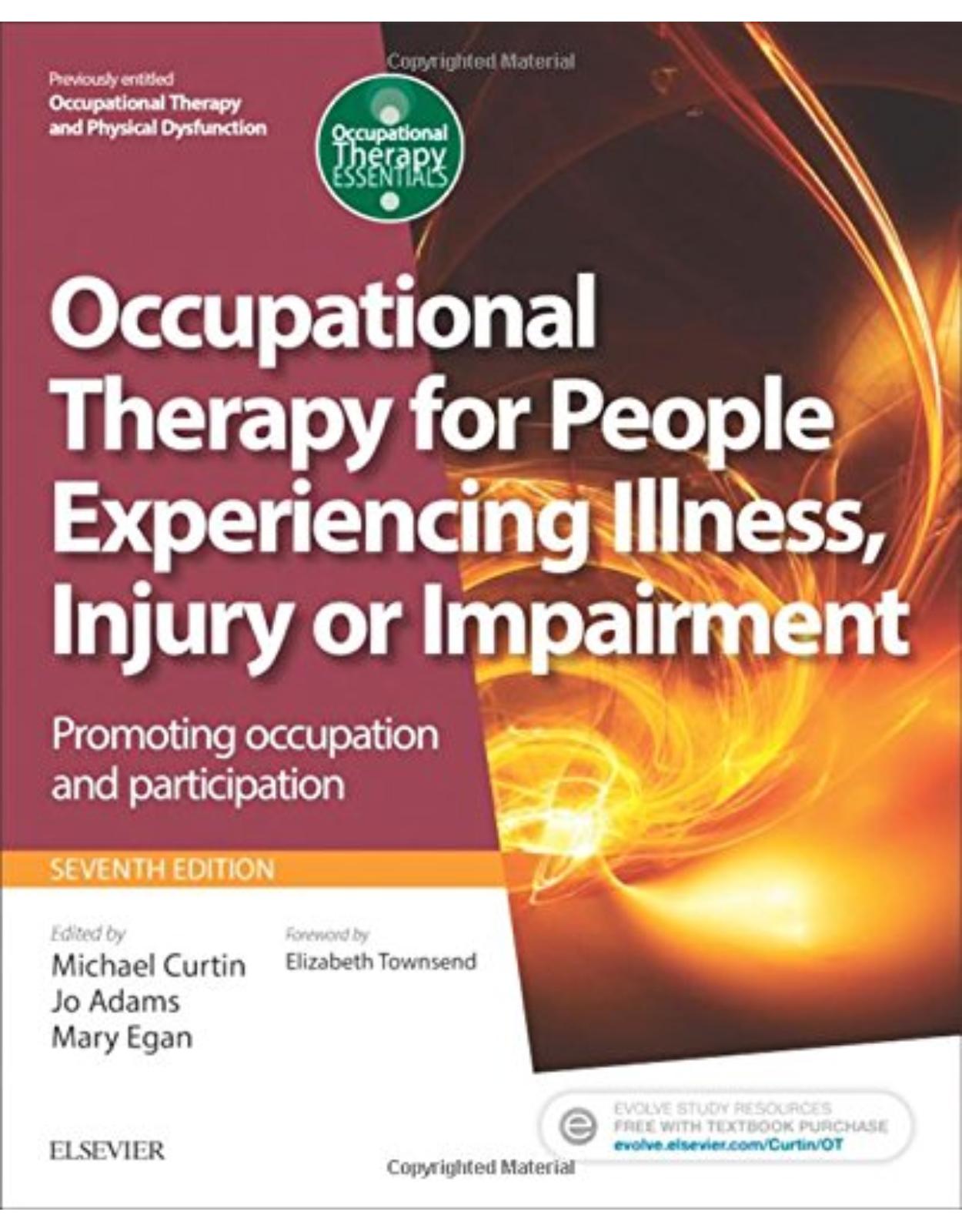
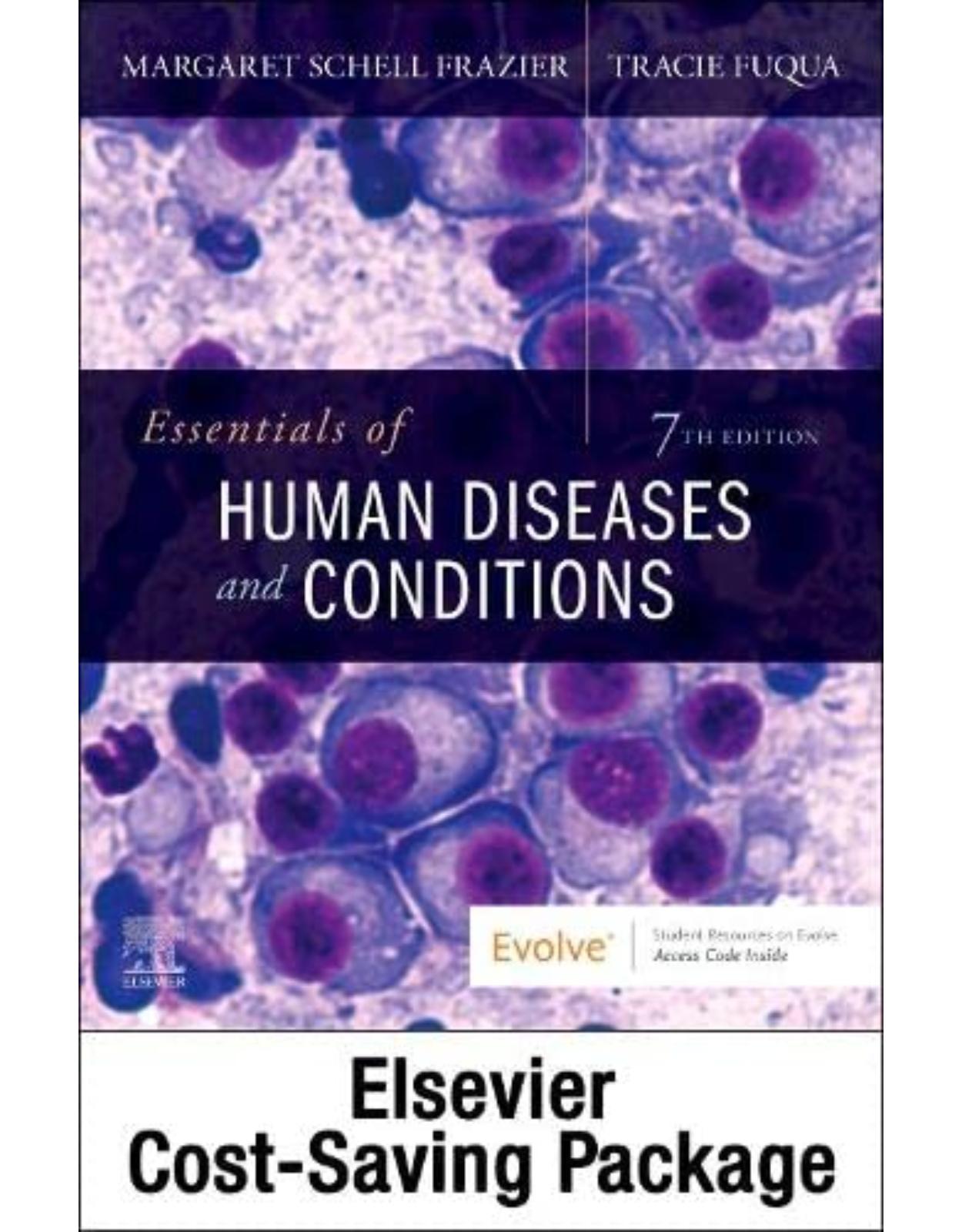
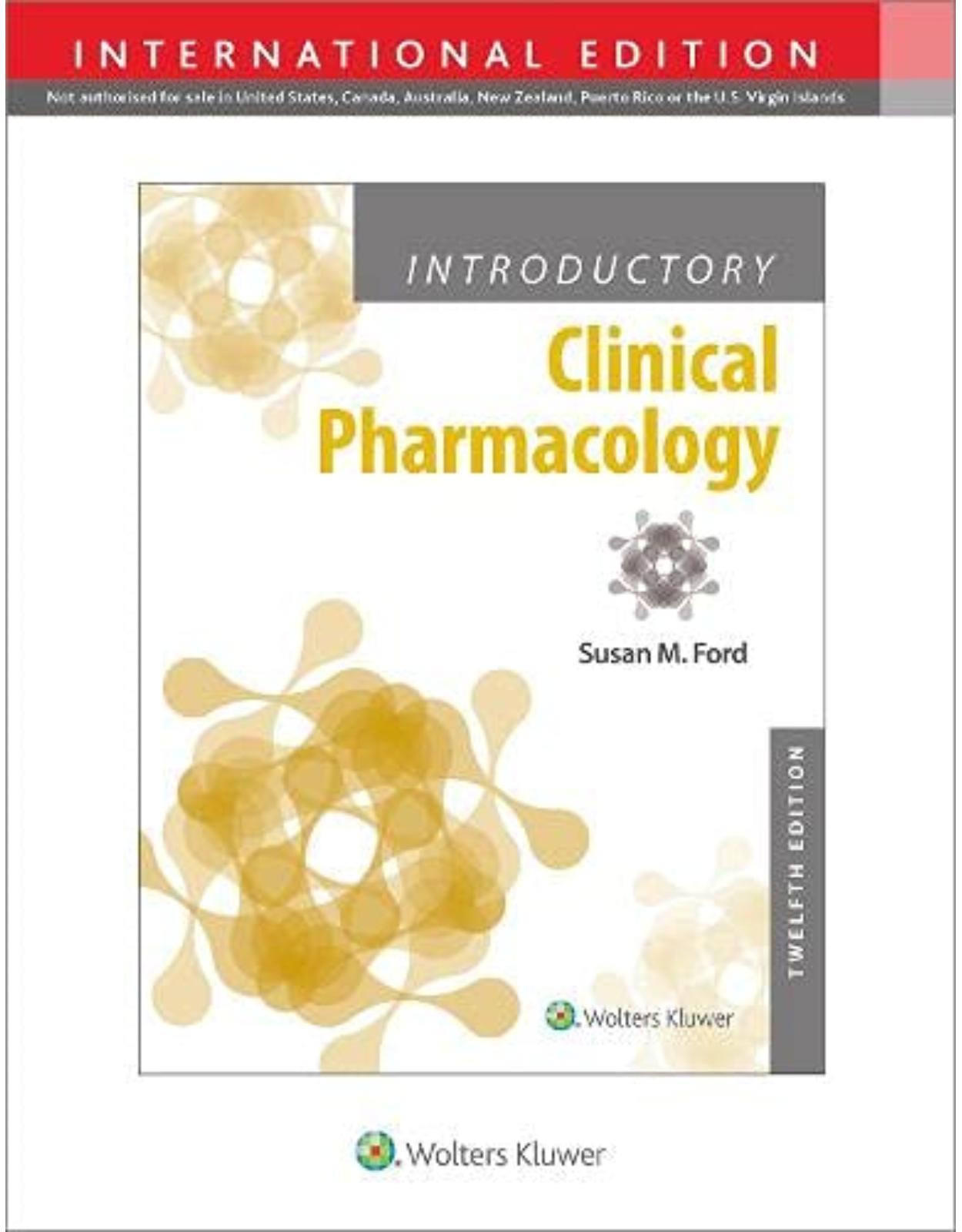
Clientii ebookshop.ro nu au adaugat inca opinii pentru acest produs. Fii primul care adauga o parere, folosind formularul de mai jos.